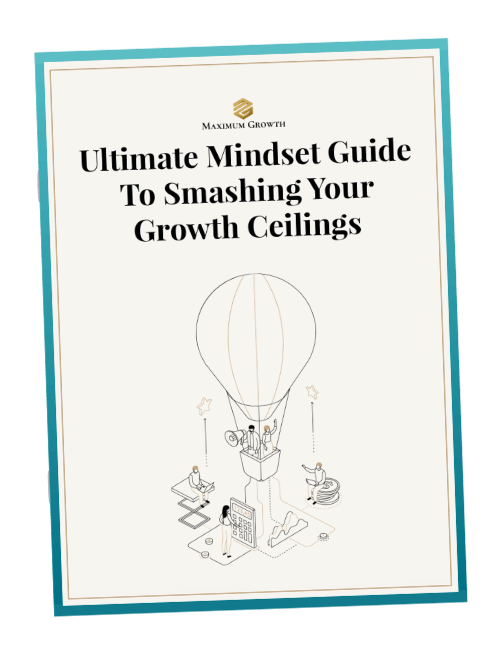“I am often said to have identified the amygdala as the brain’s ‘fear’ centre. But the fact is, I have not done this, nor has anyone else.” Joseph LeDoux (2015)
Hmm {Name}?
Information we have been given has us believe that the amygdala is the brain region responsible for the fear response.
But, what if what we know is not accurate? How would knowing this impact us?
Neuroscientists have been working to ‘fill the gap’ with the pathway to fear and fear memory.
What they are discovering is that a sensory-based threat memory pathway could be rooted in the primary olfactory (piriform) cortex. It’s been observed that the primary olfactory (piriform) cortex is hyperactive in anxious individuals (anxiety is fear of the future).
Smell that one…
This could mean smell therapy could become all the rage. (I’m coining it smellology).
Smell does trigger some physiological responses in people. The smell of freshly cut grass, the smell of the beach, the smell of your old flames perfume. Takes you back down memory lane.
Why is this important? When we understand the brain and our responses, it helps us to transform them.
It’s interesting that, in today’s era, we don’t know everything about the brain. What we do know is the evolution of fear in people’s cognition and behaviour have evolved over time, especially in the brain.
The evolution of the human brain has involved the preservation of primitive brain structures and their associated processes while developing new structures and processes on top of these. Imagine it to be like different operating systems on the deeper hardwiring of the brain.
By now, you would have heard of the prefrontal cortex, which contributes to higher-level critical thinking and decision-making, literally sits atop more ‘primitive’ mid-brain regions and communicates with them.
The prefrontal cortex is otherwise known as the rational mind. Imagine this to be the like a rider on the back of an elephant, with the rider being our conscious thoughts and the elephant being our automatic and emotional processes.
So when it comes to doing the inner work, we have to get the elephant to do what the rider wants.
That’s why, if we experience fear or anxiety, we have to go deep with our inner work.
I had a client this week with a business challenge. They had lost a significant client. They were sharing how they had noticed changes in their thinking, but their bodies and responses acted in the inverse. They could start to find the blessings but want to avoid work, not show up and struggle to get their head in the game.
This shows a deeper charge yet to be resolved as the hardwiring has not been reprogrammed. (ie. Look at what your actions are, not your thoughts)
We are working on the conscious mind when we ask ourselves questions. We want to dig deep and transform the deeper layers of our mind, right down to the deeper hardwiring, to make deep and, most important, lasting change.
It makes me think, what would happen if we had essential oils or even coffee when we do the deep work, and if that could help reprogram our brain and body to behave differently?
I don’t know {Name}, but I’d love to hear from you if you’ve tried this.
SIDENOTE: It is not as simple as that. (deep sigh). Any complete theory of fear must consider it a complex phenomenon, a give-and-take between conscious cognitive processes and automatic (out-of-awareness) brain functions. Think about the multi-dimensions of the work, like in a previous blog.
The dance between conscious cognition and automatic brain functions shapes our emotional landscape, guiding our responses to fear and anxiety.
As we seek to decipher this intricate dance, we unearth the potential to mitigate irrational responses, promote emotional resilience, and refine our relationship with fear.
Amid these discoveries, one question resonates: Can we harness this evolving understanding to craft a future where fear loses its grip, and our emotional well-being flourishes?


